How to Use Product Recommendations That Drive First Purchase
Most first-time visitors are actively comparing, not committing. They bounce between PDPs, size/fit charts, shipping/returns, and discount pages, and leave without giving you an email or cookie you can rely on. Treating your product recommendations as an “afterthought carousel” means you miss the exact micro-moments when guided discovery would tip them into the cart.
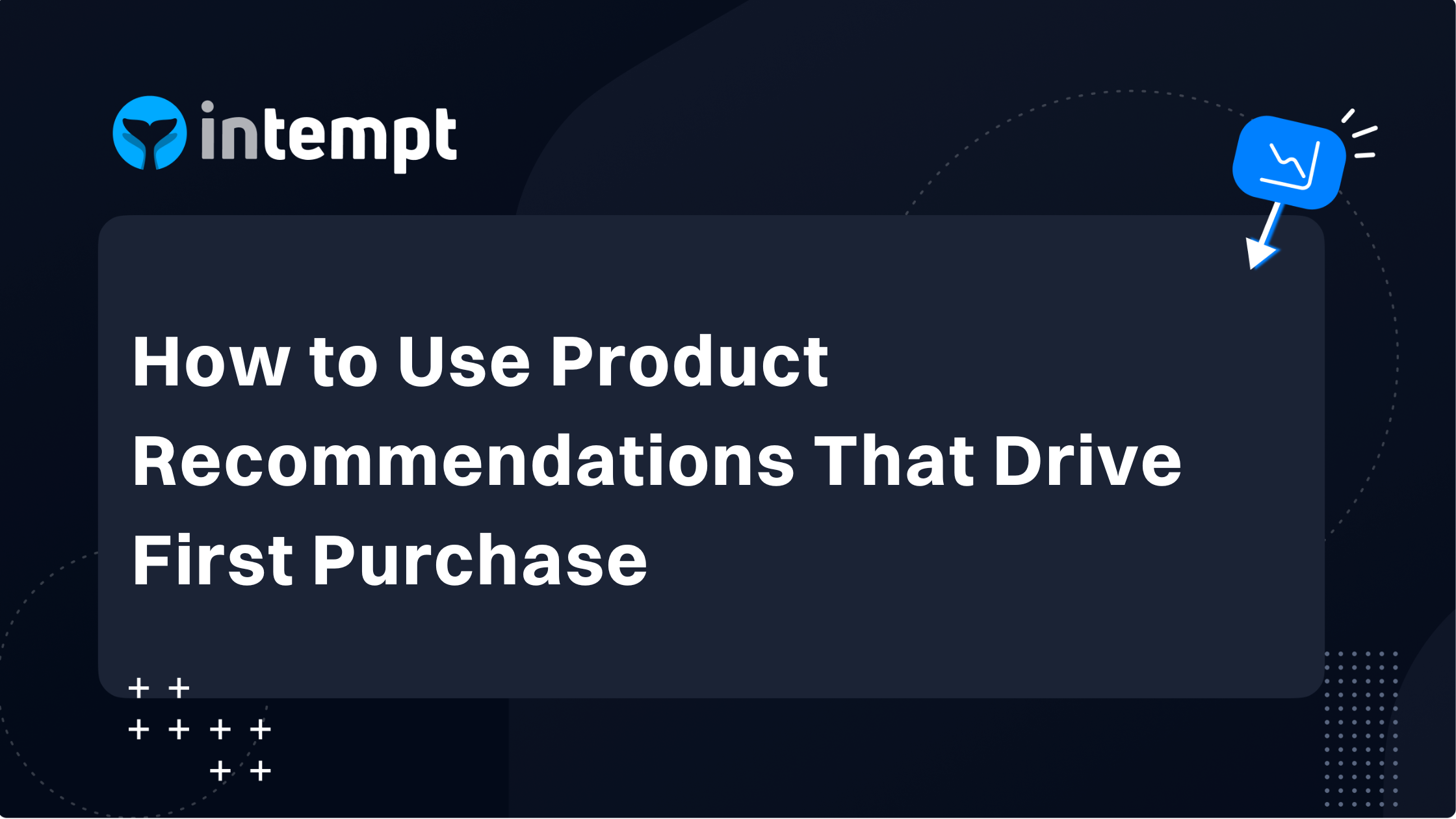
Expected results
- Detect first-purchase intent across key touchpoints (homepage, Product details page, cart page, or category page)
- Launch cold-start-proof recommendation blocks that don’t require prior user history
- Build real-time, multi-channel messages(onsite, email, SMS, push) tied to first-purchase behaviors
- Measure lift in add-to-cart, revenue-per-visitor (RPV), and first-order conversion with clean A/B testing
The problem with invisible consideration - you can’t help who you can’t see
Most first-time visitors are actively comparing, not committing. They bounce between PDPs, size/fit charts, shipping/returns, and discount pages, and leave without giving you an email or cookie you can rely on.
Treating your product recommendations as an “afterthought carousel” means you miss the exact micro-moments when guided discovery would tip them into the cart. Playbooks from revenue leaders show that well-executed personalization is now a baseline expectation and a revenue lever (10–15% typical lifts when executed well).
Why first-time shoppers research before buying?
- Risk reduction: They probe shipping/returns, reviews, and comparisons before trusting a new brand.
- Goal clarity: They scan for size, use-case, budget, look and feel of products. We all do and its natural when you’re buying for the first time.
- Cognitive load: Too many choices stall action; they’re just overloaded with products and categories if they don’t have the exact idea of what they want to buy.
Modern recommendation systems address this by blending signals, popularity, and real-time context, not just past-user look-alikes. So even brand-new visitors see relevant options.
What first-purchase signals actually mean?
Think of “signals” as the little breadcrumbs shoppers leave behind - it can be what they click, how long they linger on a page, and where they head next. Clusters of those crumbs tell you how serious they are (just browsing vs. ready to buy) so you can show the right module at the right moment. Some of the purchase signals include:
- Multiple PDP views within a category (e.g., “white sneakers”)
- Time spent on shipping/returns and size guide pages
- Adding to cart after viewing reviews/ratings
- Viewing “compare” or bundle pages
- Homepage scrolls + one PDP view
- Viewing new arrivals or bestsellers without cart activity
These signals map cleanly to high-performing product recommendations like Similar/“You might also like”, Complete the look/Pair with, Frequently bought together, and Bestsellers/Trending.
How to Implement Product Recommendations With Intempt?
Step 1: Nail your data foundation
Have your Product catalog and user events (page_view, product_view, add_to_cart, view_size_chart, view_shipping, begin_checkout) sorted. This ensures all your SKUs and events on your website/app are tracked properly inside one system.
Connect your catalog(btw we’re Shopify native), website, and app data to Intempt so we see all of your products and user events inside one platform.
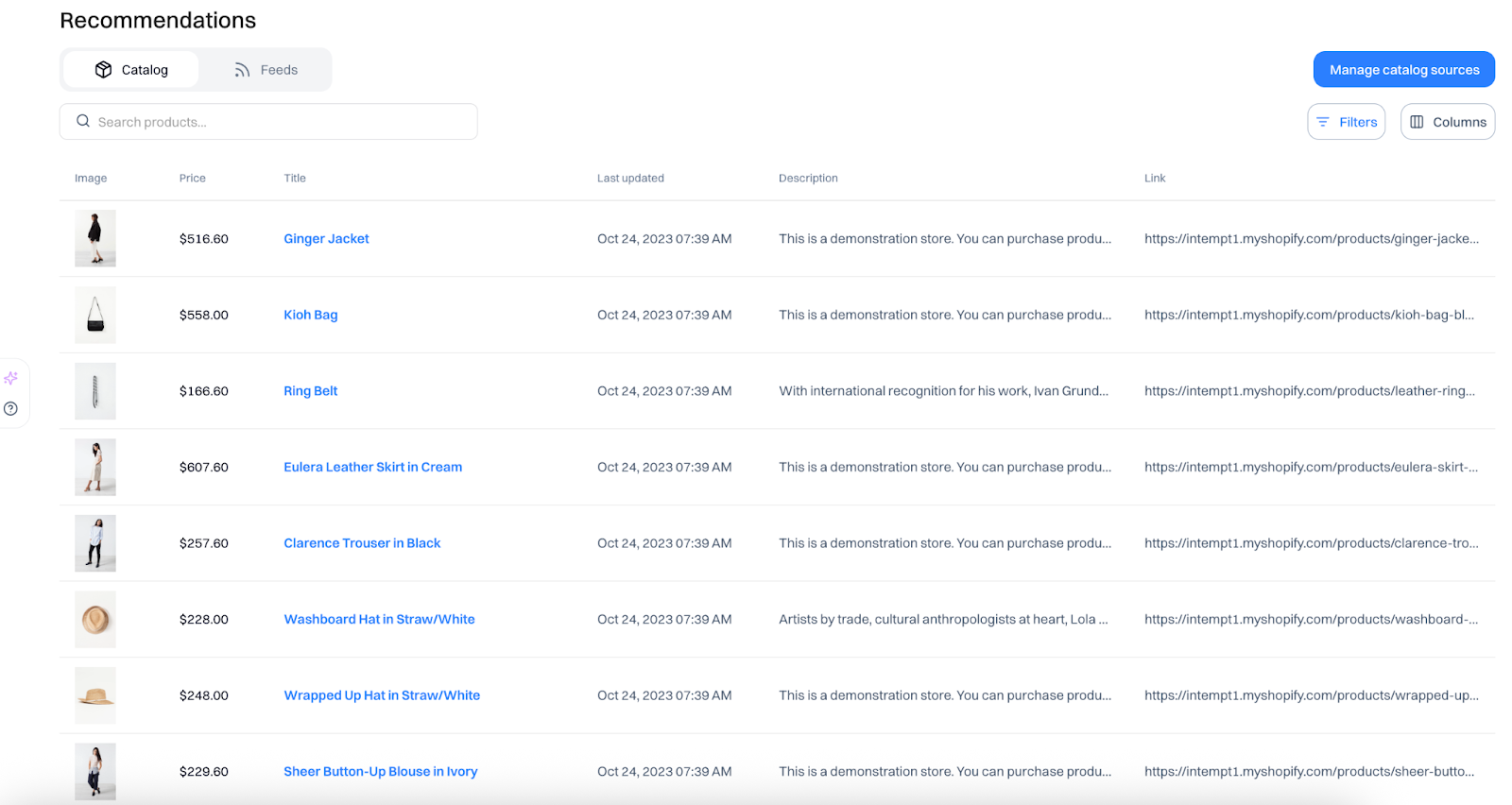
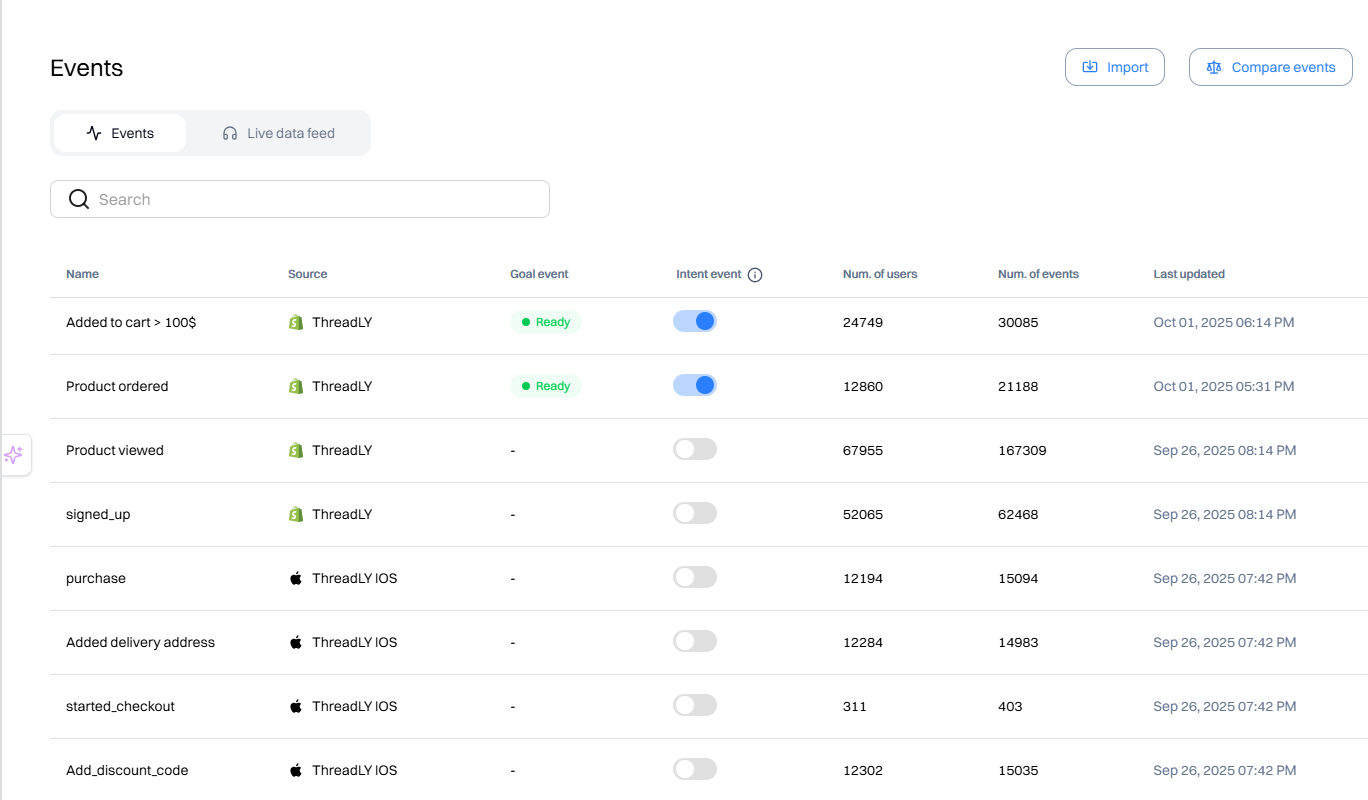
Step 2: Pick algorithms that work without history
For first-time visitors, avoid relying solely on collaborative filtering (it needs user history). Use a hybrid approach:
- Content-based (match attributes: category, brand, color, price band)
- Popularity & trend (bestsellers, new arrivals, seasonal)
- Contextual rules (inventory, availability, region)
Use Intempt’s built-in recommendations logic or create your own product feeds.
Step 3: Place product recommendations(How Amazon Perfected Product Placement)
- Homepage (new or anonymous): “Trending Now,” “Bestsellers,” “New In” (fast discovery without choice overload).
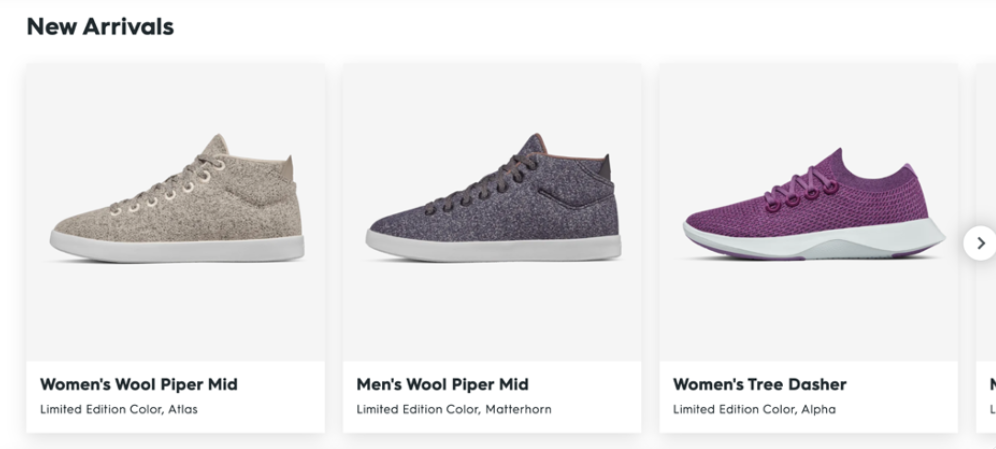
- PDP: “Similar items,” “Complete the look/Pair well with,” “Frequently bought together,” and “Top rated in this category”. These follow Amazon’s collaborative filtering playbook - recommending based on co-views and co-purchases that signal buying intent.

- Cart/Checkout: Low-AOV accessories, on-sale complements, and “Add ₹X for free shipping” nudges. Avoid recommending near-duplicates that risk choice paralysis.
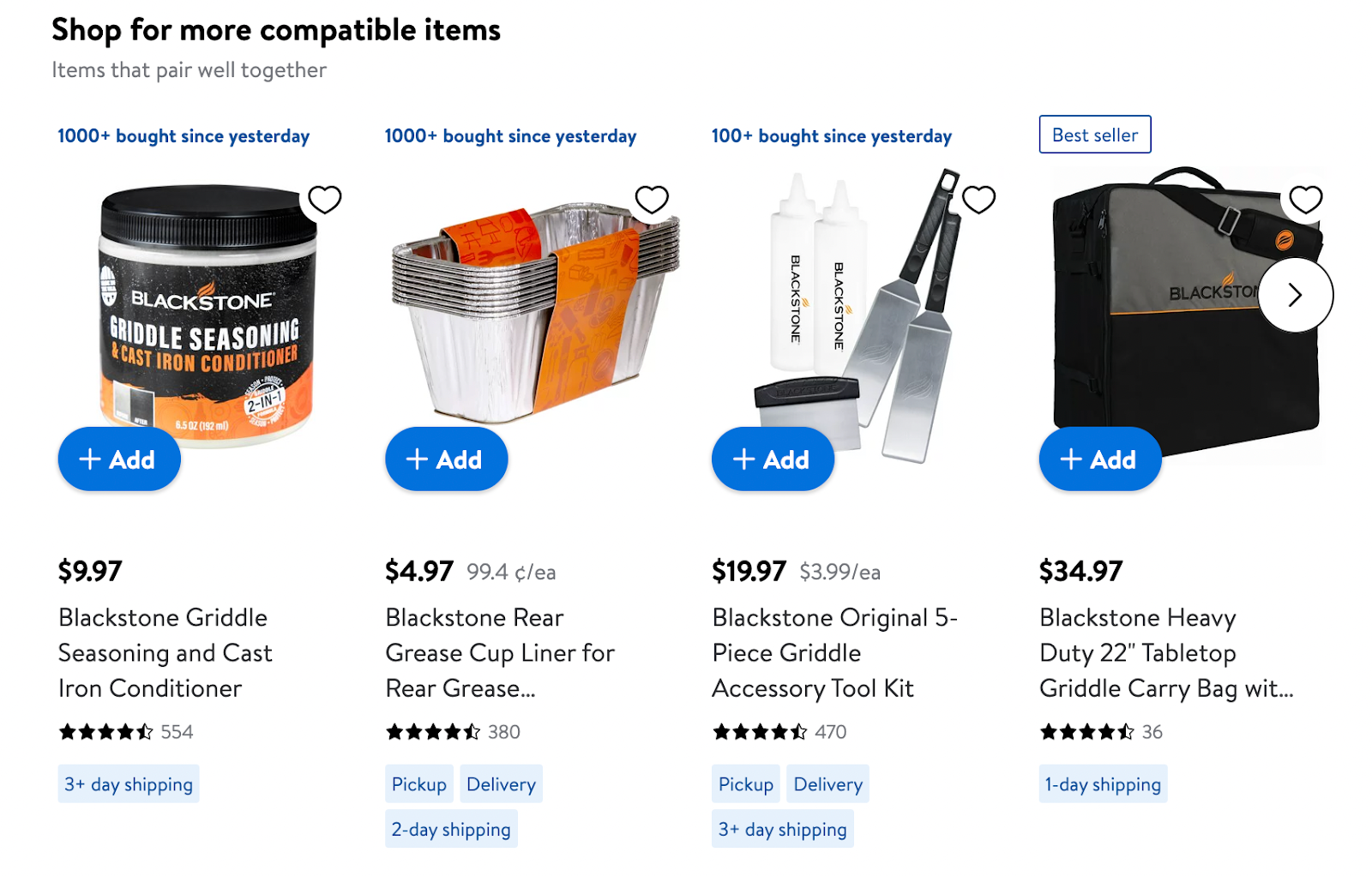
- Category: top sellers and trending within the current category.
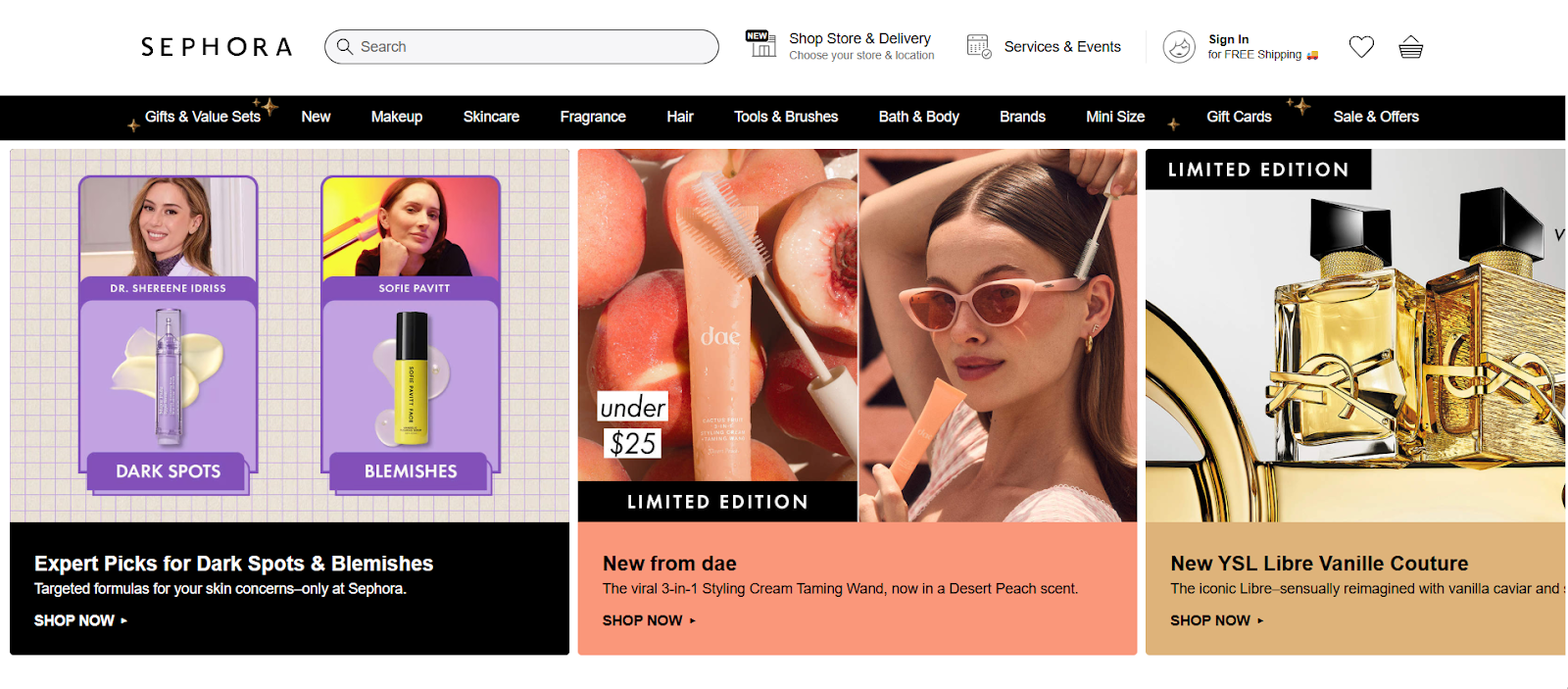
- Collaborative filtering (the Amazon classic): When a visitor has a few interactions, switch on item-to-item collaborative filtering. Instead of finding “similar users,” you compute “similar items” based on co-views and co-purchases and recommend near neighbors of the item they’re viewing or added to cart. Keep your hybrid: start with content/popularity for cold start, then blend in item-to-item as signal density grows. (This is how Amazon scaled relevance with low latency.)

Start Personalization campaign inside Intempt and edit your web/app recommendations logic with our Visual editor. Place the recommendation blocks where they matter. Customize layout and run A/B tests.

Step 4: Real-time triggers across channels
Turn onsite behaviors into instant nudges: “Size M is in stock - pair it with…,” “Add care kit for 10% off bundle,” or “Only 3 left” paired with a relevant accessory. You can start a new personalization campaign and add pop-ups/visual cues/tips to your web/app.
When someone views PDPs but doesn’t add to cart, send a quick browse-abandon email within 2-4 hours that mirrors onsite carousels: “Because you viewed [Product], here are top-rated/FBT picks.” Personalize the hero by last-viewed item; keep 4-6 recs max; add a trust nudge (delivery/returns). This pattern is widely used in retail and consistently outperforms generic reminders.

Create to email/SMS/Push notifications inside Intempt with the same logic - just ensure frequency caps and opt-in compliance.
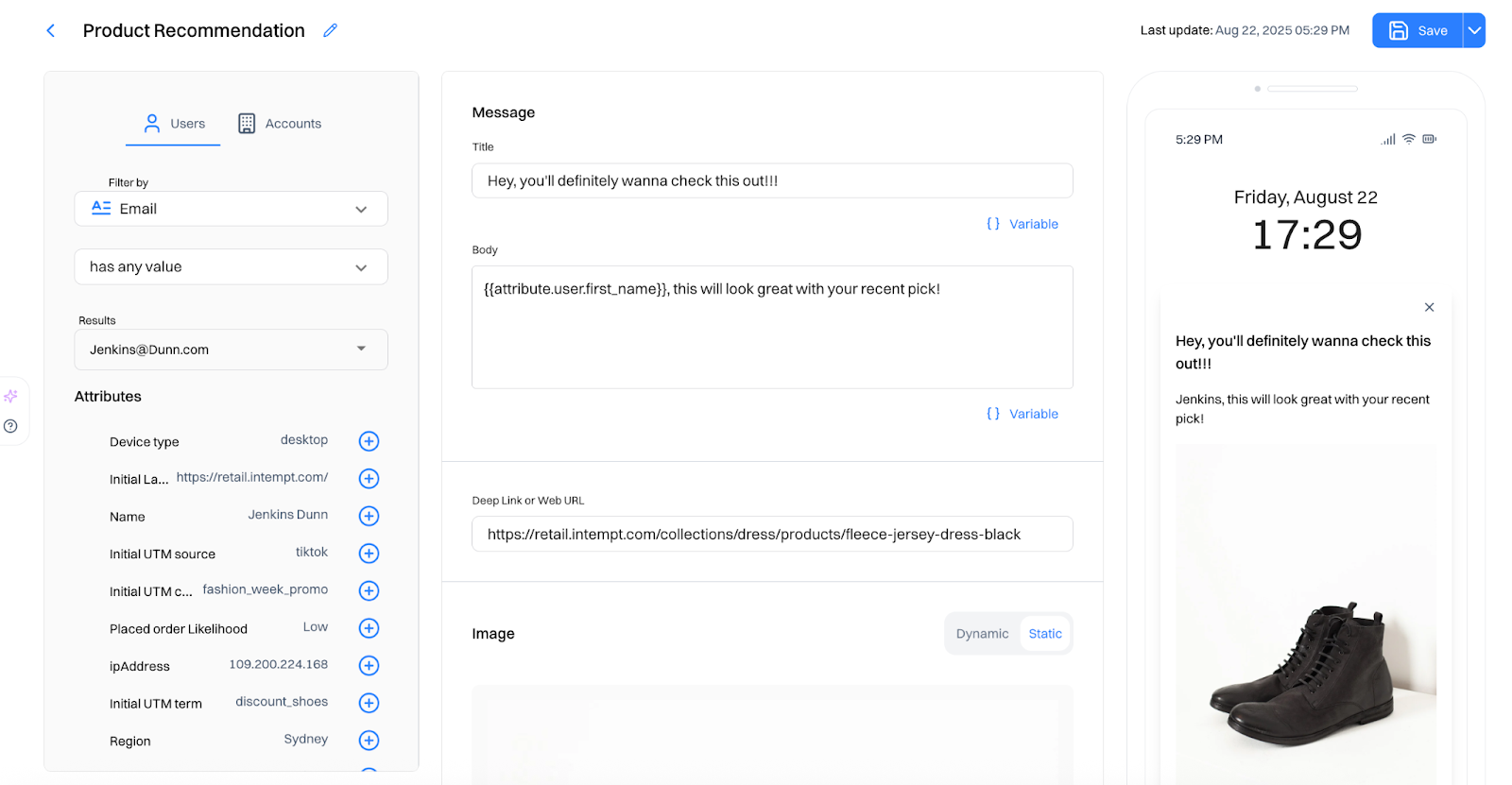
Step 5: Test for incrementality, not just CTR
Use campaign and experience analytics to compare variants and confirm lift. Keep what wins and tweak what's not working.
- Measure CTR, Add-to-Cart rate, Checkout start rate, or First-order conversion rates.
- Revenue per session/visitor (RPV) and attach rate for FBT/looks
Run controlled A/Bs (or bandits) with clean holdouts and don’t judge success on clicks alone. You can check out our in-depth growth play on how to set up recommendations inside Intempt here.

Two quick plays you can ship this week
Play A: New visitor conversion
- Homepage hero: New arrivals + bestsellers
- PDP: “Complete the look” + “Top rated in category”
- Cart: “Add ₹300 to get free shipping” + two low-AOV care items
- On-site message: “Unsure on size? Most first-time buyers pick M - see our fit guide”
Why it works: removes friction, curates choices, and nudges value without overwhelming.
Play B: Confidence to check out
- PDP: “Frequently bought together” and “Similar, under ₹X”
- Checkout sidebar: “On-sale add-ons” under ₹999
- Transactional email: “Thanks! 3 quick picks that pair perfectly with your order”
Why it works: complements the core buy, increases attachment rate, and uses post-purchase momentum.
What you should expect?
Teams that adopt hybrid recommendations with strong placement and testing protocols generally see double-digit revenue lifts(execution varies by sector and maturity). Early wins often show up as a higher attach rate and RPV before headline conversion moves. Here, iterating based on proper data is the key to win.
TL;DR
- Send catalog + key events (product_view, add_to_cart, size/returns views) into one platform.
- Pick cold-start logic: Use hybrid recs - content-based + popularity + simple context (inventory, region, price band).
- Place modules smartly: Homepage (Trending/New/Bestsellers), PDP (Similar/Complete the look/FBT), Cart (low-AOV add-ons + free-shipping nudges).
- Trigger in real time: Onsite cues (stock/size tips, bundle offers) and mirrored email/SMS/push with frequency caps.
- Test for lift and iterate: A/B with holdouts; optimize ATC, checkout starts, first-order CVR, RPV.
FAQs
1) How do I solve the “cold start” problem for brand-new visitors or SKUs?
Use a hybrid approach that blends content similarity (attributes), popularity/trend, and contextual rules (inventory, price band, geo). Fall back gracefully: if product attributes are not frequent, bias to bestsellers/new arrivals in the same category.
2) Where do recommendations make most sense for a first purchase?
PDP “Similar/Complete the look/FBT,” plus cart/checkout low-AOV complements and free-shipping thresholds. These positions resolve doubt and increase attachment without derailing the core intent.
3) How do I keep recommendations fast and SEO-safe?
Render on website where possible, lazy-load below-the-fold carousels, and cap response payloads. Avoid blocking resources and important areas of your website.
4) What’s a realistic revenue shift I should target?
McKinsey reports 10–15% revenue lifts from personalization (range 5–25% by sector/quality).
5) How should I prioritize pages if engineering time is scarce?
PDP (Similar/Complete the look/FBT) → 2) Cart/Checkout (accessories, on-sale adds, free-shipping nudges) → 3) Homepage (bestsellers/new)
6) What about privacy and consent of users?
Limit to necessary signals (page/product context, session actions). Respect opt-outs and regional rules (GDPR/CCPA), and document data flows in your DPIA. Many implementation guides stress consent-aware pipelines.
7) Can recommendations hurt margins?
Yes, recs can hurt margins if they optimize for clicks or revenue and skew toward low-price, low-margin items. Make margin a first-class feature: rank by predicted profit and enforce price bands vs. the seed product. Measure success with incremental gross profit per session, not CTR/AOV.


Check out Growth Play Library ➡️
Get started free on GrowthOS ➡️
Book a growth call ➡️
.svg)
Sid Chaudhary
Founder & CEO
Looking for ways to grow faster?
Discover marketing workspace where you turn audiences into revenue.
Learn about IntemptYou might also like...

7 Best Klaviyo Alternatives in 2025: Features, Pricing, and Comparisons
Klaviyo is a proven email and SMS marketing platform - especially for ecommerce brands that live and breathe segmentation, product feeds, and multi-step flows. But many teams tell us they can’t justify the cost, don’t need the full power, or struggle with the learning curve. If you’re wondering whether there are competitors with similar capabilities for less money or tools that feel faster and simpler to run day-to-day, the short answer is yes.

.png)
How Slack Nails User Onboarding (and How You Can, Too)
Have you ever been through Slack onboarding? If you’ve then you just know that they have it spot on. Slack shortens time-to-value by designing the first 10 minutes around one outcome. In this case study, we break down the moments that matter in Slack’s onboarding and show exactly how to implement the same playbook in your PLG SaaS.

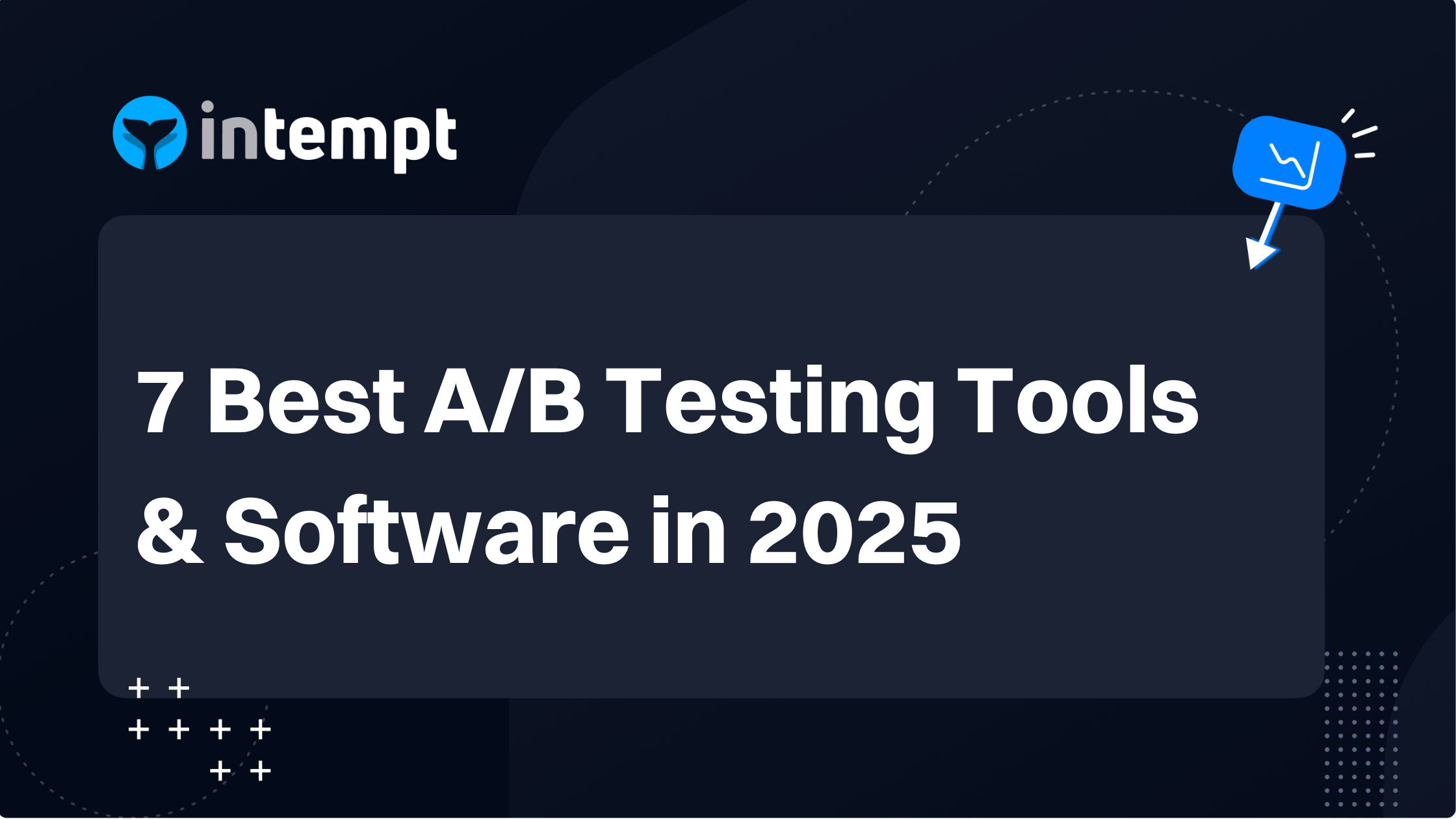
7 Best A/B Testing Tools & Software in 2025
A/B testing tools help you validate ideas with real users - so you ship what actually works, not what wins an internal debate. This guide walks through how to pick (and use) the right A/B testing platform for your team.

Subscribe to The Full Stack Marketer 📈
Zero theory or mindset discussions here; just actionable marketing tactics that will grow revenue today.





.svg)







.png)















.svg)

.svg)





